
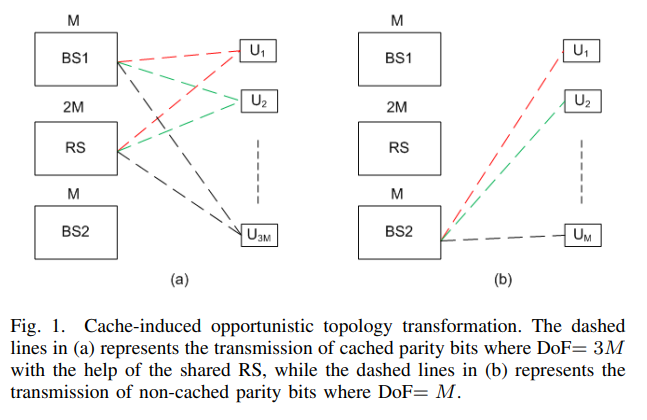
The ability of physical layer relay caching to increase the degrees of freedom (DoF) of a single cell was recently illustrated. In this paper, we extend this result to the case of multiple cells in which a caching relay is shared among multiple non-cooperative base stations (BSs). In particular, we show that a large DoF gain can be achieved by exploiting the benefits of having a shared relay that cooperates with the BSs. We first propose a cache-assisted relaying protocol that improves the cooperation opportunity between the BSs and the relay. Next, we consider the cache content placement

In this paper, we characterize the total degrees of freedom (DoFs) of the full-duplex asymmetric multiple-input multiple- output (MIMO) three-way channel. Each node has a separate-antenna full-duplex MIMO transceiver with a different number of antennas, where each antenna can be configured for either signal transmission or reception. We study this system under two message configurations; the first configuration is when each node has two unicast messages to be delivered to the two other nodes, while the second configuration is when each node has two unicast messages as well as one broadcast
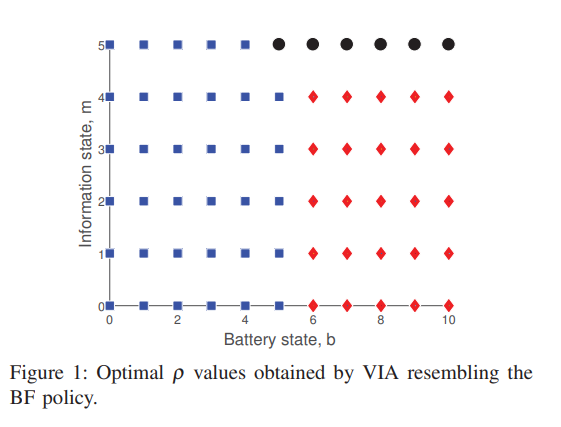
In this paper, we consider a class of wireless powered communication devices using hybrid automatic repeat request (HARQ) protocol to ensure reliable communications. In particular, we analyze the trade-off between accumulating mutual information and harvesting RF energy at the receiver of a point-to-point link over a time-varying independent and identically distributed (i.i.d.) channel. The transmitter is assumed to have a constant energy source while the receiver relies, solely, on the RF energy harvested from the received signal. At each time slot, the incoming RF signal is split between

This paper studies the potential of proactive resource allocation to prolong the communication sessions in networks with limited energy budgets and stringent quality-of-service (QoS) requirement, particularly a regular service guarantee. A threshold-based proactive communication policy is proposed to minimize the consumed transmission energy and maximize the network lifetime based on the different link states and the buffer state at the destination node. A closed-form expression is presented for the proactive gain in terms of the channel gain threshold, the amount of the proactively-
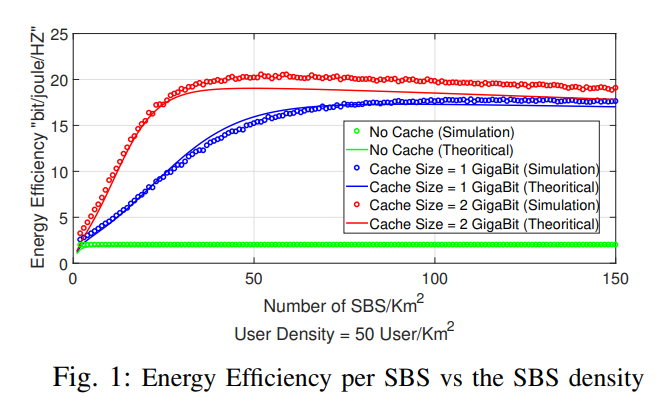
In this paper, we study a two-tier cellular network with cache-enabled small base stations (SBSs). In our model, a SBS has the ability to coordinate with neighboring SBSs and fetch data from their caches. We focus on the effect of SBSs' density on the network's energy efficiency. To this end, stochastic geometry theory is used to model the SBSs and users distributions, which enables us to find closed-form expressions for the network's energy efficiency as a function of the SBSs density and the cache size at each SBS. The optimal SBSs density that maximizes the energy efficiency is
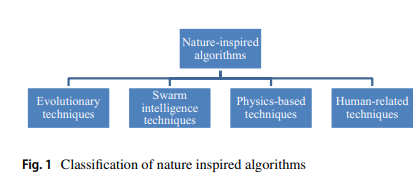
This paper proposes a novel nature-inspired algorithm called Gaining Sharing Knowledge based Algorithm (GSK) for solving optimization problems over continuous space. The GSK algorithm mimics the process of gaining and sharing knowledge during the human life span. It is based on two vital stages, junior gaining and sharing phase and senior gaining and sharing phase. The present work mathematically models these two phases to achieve the process of optimization. In order to verify and analyze the performance of GSK, numerical experiments on a set of 30 test problems from the CEC2017 benchmark for
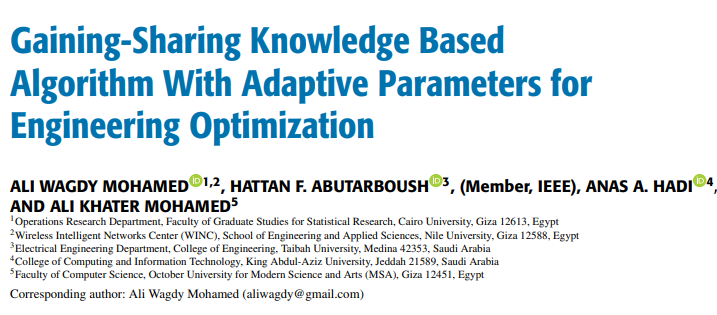
As optimization algorithms have a great power to solve nonlinear, complex, and hard optimization problems, nature-inspired algorithms have been applied extensively in distinct fields in order to solve real life optimization cases. In this paper, modifications for the recently proposed Gaining-Sharing-Knowledge based algorithm (GSK) are presented for enhancing its performance. Gaining-Sharing-Knowledge algorithm is considered as a perfect example of modern nature-inspired algorithm that considered the human life behavior as a source of inspiration in order to solve optimization problems. GSK
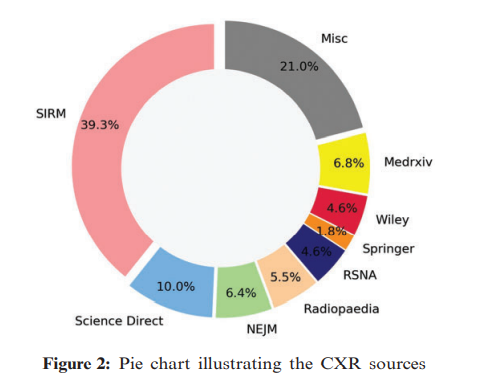
COVID-19 is a growing problem worldwide with a high mortality rate. As a result, the World Health Organization (WHO) declared it a pandemic. In order to limit the spread of the disease, a fast and accurate diagnosis is required. A reverse transcript polymerase chain reaction (RT-PCR) test is often used to detect the disease. However, since this test is time-consuming, a chest computed tomography (CT) or plain chest X-ray (CXR) is sometimes indicated. The value of automated diagnosis is that it saves time and money by minimizing human effort. Three significant contributions are made by our
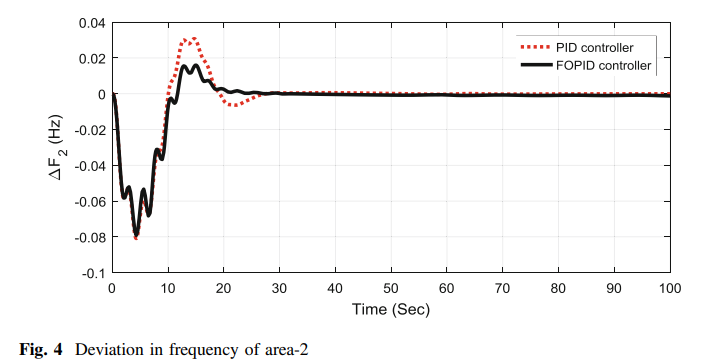
The present study focuses on the problem of automatic generation control (AGC) by employing the design of fractional-order proportional–integral– derivative controller (FOPID). A hydrothermal power system with governor dead band (GDB) and generation rate constraint (GRC) is considered for investigation. FOPID controller optimal values are obtained by using teacher learning-based optimization (TLBO) technique, and the employed objective function is integral time-multiplied absolute error (ITAE). The supremacy of the proposed controller is also shown by comparing with PID controller. Further
Wireless Sensor Network (WSN) has growth rapidly over the past years. As it is now applied in many fields as in health care systems, home automation, security surveillance, disaster management and more. Due to the high demand on WSN, it is important to find a solution for one of the major challenges in WSN which is the energy consumption of its battery operated sensor device. So in this paper we propose to use Software Defined technology into WSN to enhance network management and to prolong network lifetime. As the main feature of Software Defined Network (SDN) is the centralization of control